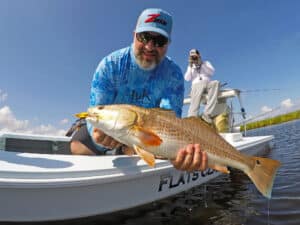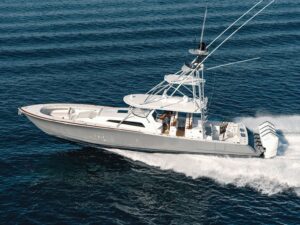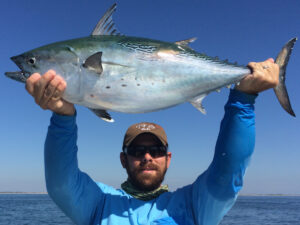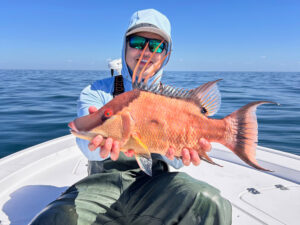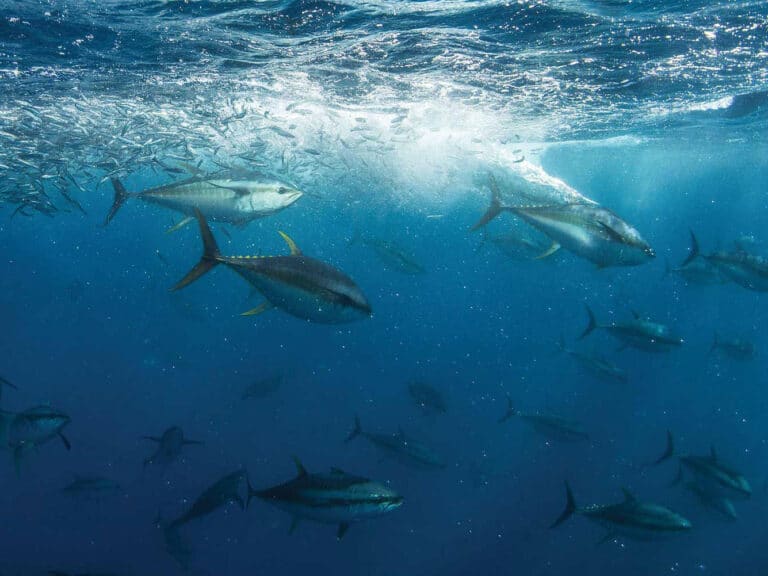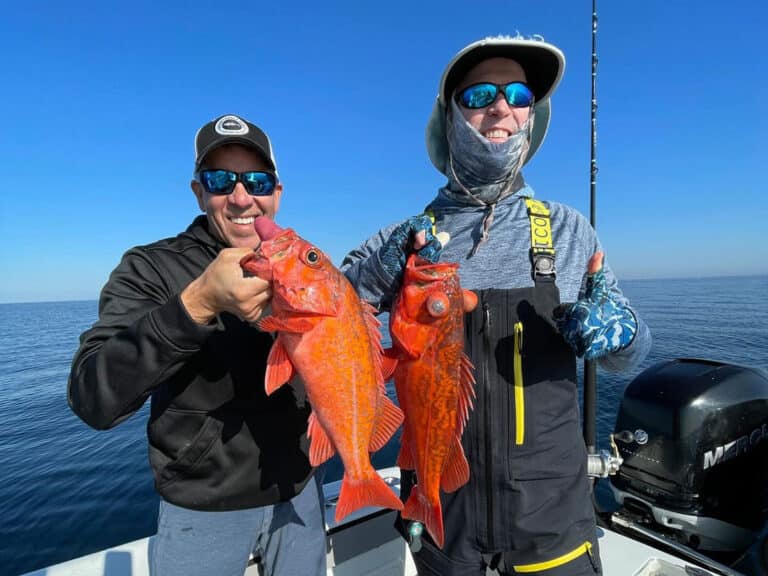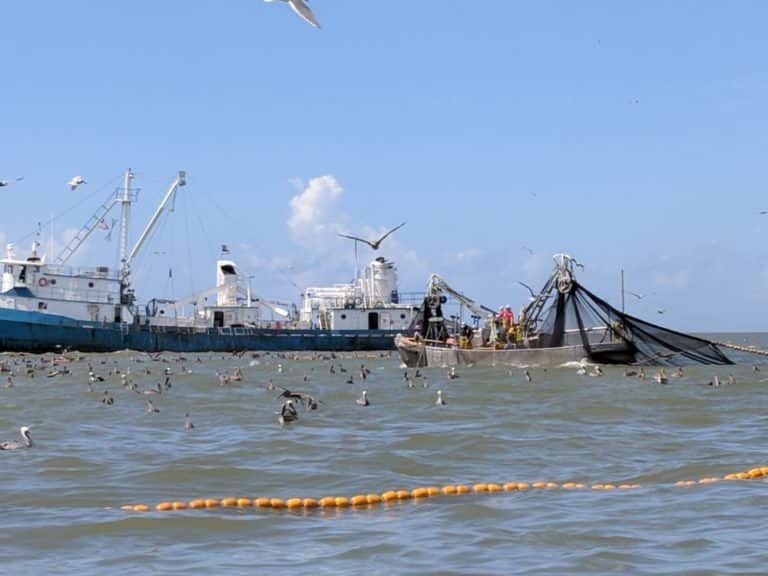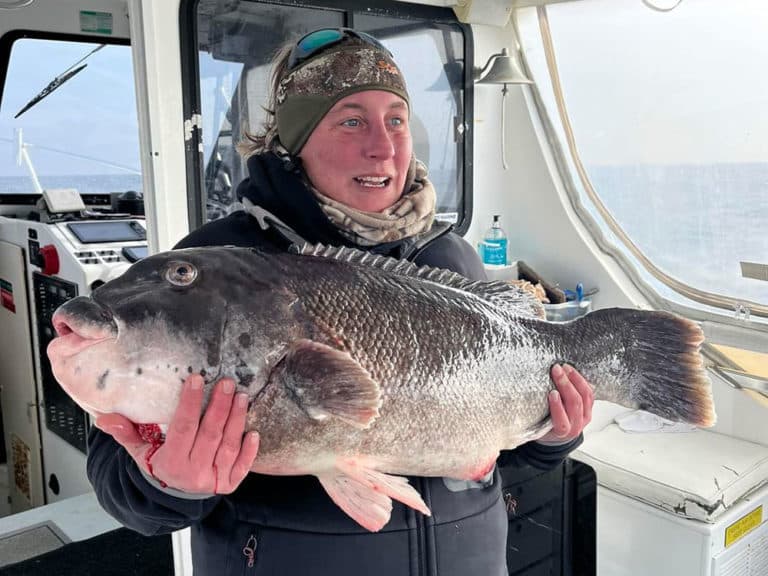
While crossing off a pre-fish to-do list chock-full of packing, rigging and loading, too many anglers are laissez faire about checking the tides. That’s a big blunder: Don’t expect positive results at your favorite flat during the wrong tidal stage. Exploiting local tides and currents is essential to strategize the day’s fishing, which could be a key difference between catching or going for a boat ride. It takes little time to check tide tables online or on a phone app.
But what are the best tides for fishing? And how do the tides actually affect fishing? The gravitational pull of the moon and sun drives tides, forcing water up or down over a period of the time. Low tides reveal structure such as jetty rocks, sea grass, pilings and oyster beds; high tides flood those fish aggregators. Current moves water in specific directions; currents can be driven via tide, wind or even waters of different densities abutting each other. All summed up, currents and tides create water movement, and understanding how that movement causes fish to react dramatically increases your chances of success.

Don’t Fight the Current
The most important factor to remember with water movement is that fish want to conserve energy, so they rarely fight to swim against the current. (Consider this, would you rather walk up or down a mountain?) That means fish swim simpatico to water movement both offshore and inshore, or hang in eddies or behind structure such as pilings or points to escape flow.
A textbook example of fish behavior affected by water movement can be seen in how ocean-run salmon enter Alaska’s Kenai River in June and July. Kings enter the river via Cook Inlet on high tides because it’s far easier to swim through the river mouth and flood upstream with the tidal flow. Energy conservation is vital, especially for loaded salmon.

“We see more salmon enter the Kenai River on our neap high tides than during our spring high tides,” says Capt. Jimmie Jack Drath, of Kenai River, Alaska. “This is due to the salmon having difficulty entering on a [spring] tide when the inlet is rushing like a river; spring tides in Cook Inlet create a vertical difference of up to 30 feet in a six-hour tidal phase.”
King (chinook) salmon run right up the gut of the main channel when fresh from the ocean, and then head to slower channels once they fatigue after a few days in the river, says Drath. He targets the kings in faster current when high numbers are available, but as their numbers slim, kings head for calmer waters in deep bellies of channels.
Silver salmon (coho) favor shallow waters up to 5 feet in lesser cur- rent. “Coho run about 10 to 20 feet from the bank,” he says, “with concentrations around what I call ‘pinch points,’ such as river corners or gravel bars.” Each salmon utilizes the current differently — but neither king nor coho fights it — and Drath’s able to pattern each species’ movements along the river.
When fishing in current, especially in shallow waters, anglers should cast up-current to let their presentation flow naturally. This axiom holds true no matter where you’re fishing in salt water — neither prey nor predator lackadaisically swims against the tide.
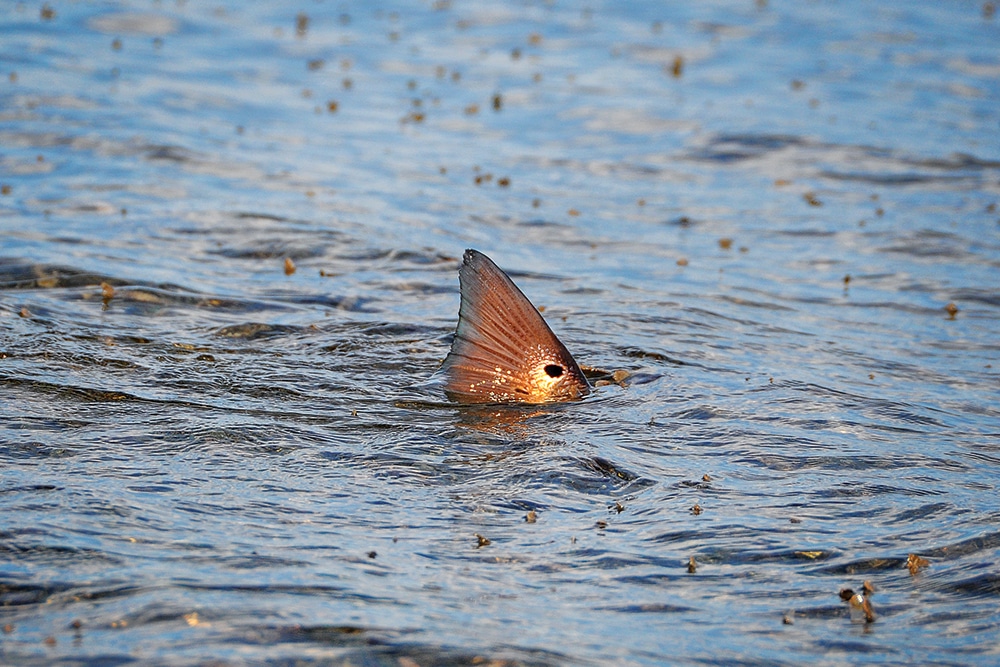
Inshore Fishing Tides
Sight-fishermen in shallow waters should be intimately aware of the tides.
“I often target shallow shoreline grass during a high or flooding tide,” says Capt. Jeff Johnson, of Rockport, Texas. “Reds follow the shrimp and mullet into the grass, often exposing their backs or tails to the air.”
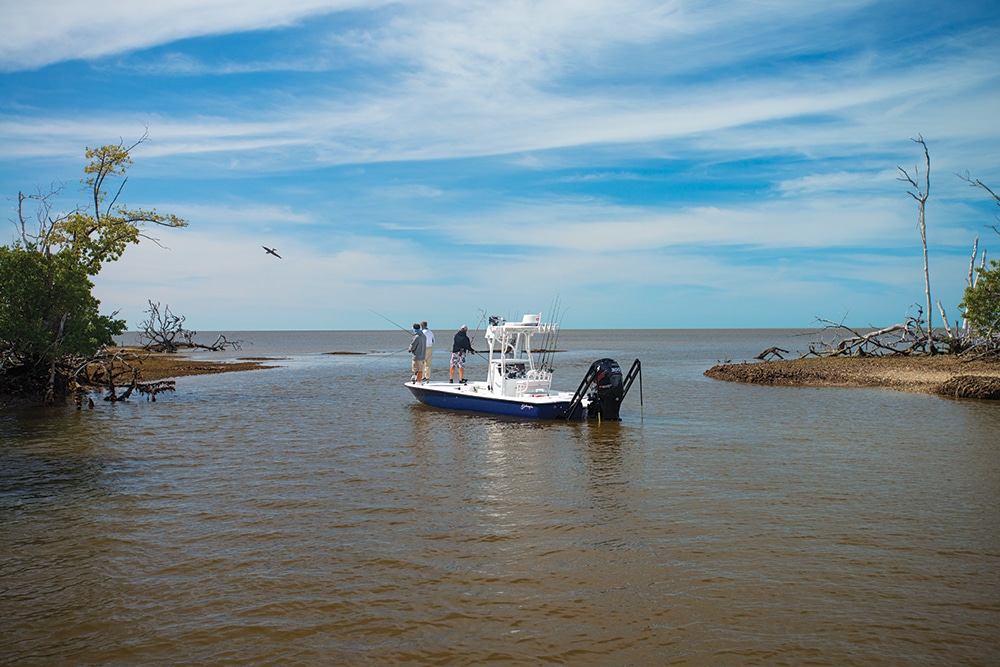
Ambush Points
During low tides, sight-casters should look for spots that trap or concentrate bait. If you can locate areas where baitfish and shrimp are forced through a specific path on an outgoing tide, game fish wait in these ambush spots. Time it right, and you can catch a bunch of fish in one spot quickly.
With the right current and structure, sometimes you can find eddies. “They’re a gigantic blender full of food, continually circling and churning around,” says Johnson, “occasionally throwing baitfish into the current where waiting game fish take advantage.” The same scenario occurs on a larger scale offshore in deeper waters, in eddies of the California Current, Loop Current and Gulf Stream.
Eddies are blenders full of food, churning and occasionally throwing baitfish into the current where gamefish can take advantage.
What happens when there is little-to- no water movement? Will fish stay in a chewing mood?
“In my home waters, we have tides that fluctuate very little,” says Johnson. “Many times, the tide rises or falls only 5 inches. You need to alter your tactics and where you’re searching, but the fish will continue to feed in areas.”
Don’t focus on your favorite moving-tide spots; instead concentrate on areas such as cuts between islands or underwater weed beds with potholes mixed in. Species such as red drum hug the shallow edges of deep holes waiting for baitfish.
“With the lighter tidal flow, there will be far less bait moving through,” Johnson says. “So while searching these spots, if I don’t see fish shortly, I’ll move to another spot until I find an area holding fish.”
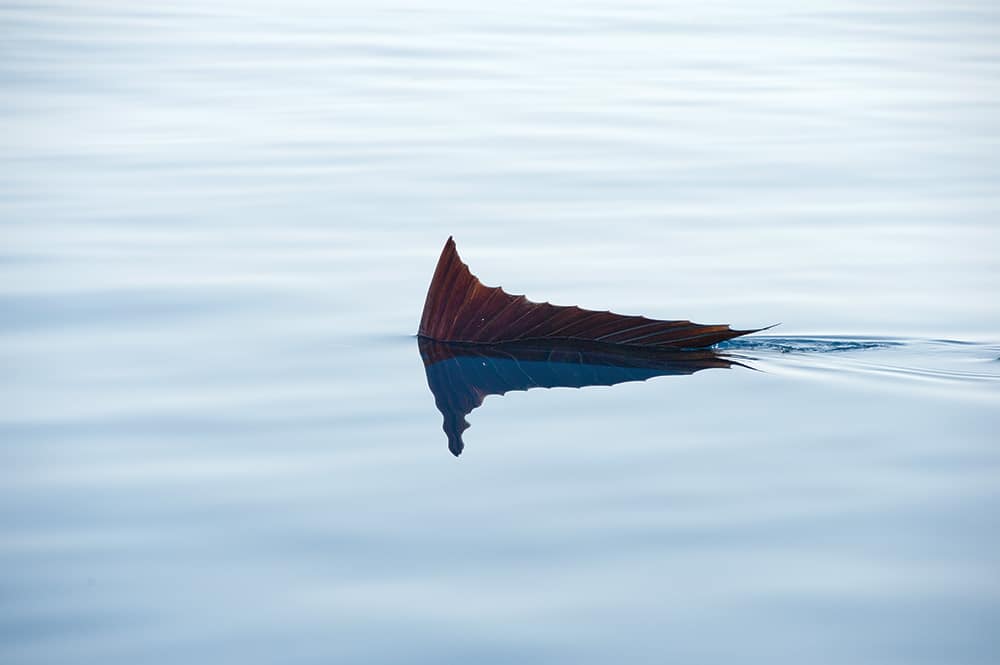
When Offshore Conditions Don’t Cooperate
Currents and tides sometimes battle each other, causing confusing water movement, especially at inlets and passes. A strong, wind-aided current can overpower tidal flow, so make sure you know exactly which way the water’s moving. Boaters should also set their drifts accordingly.
“In a recent tournament offshore of South Florida, the current was running north at about three-quarters of a knot, and the wind was blowing from the south about 3 knots,” recalls Capt. Bouncer Smith, of Miami Beach. “With those conditions, a helium balloon was needed to keep everyone’s kites out of the water and baits in front of the sailfish.”
Both wind and current were headed north in conjunction, but to keep the kites in flight, boats motored south against the current and wind to keep their flyers from losing altitude.
When it comes to water movement, fish want to conserve energy.
“I chose to drift north with the current, forgo the kite gear, and fish flat lines instead,” Smith recalled.
A presentation that utilizes the available water flow is usually a good one. As Smith knew, game fish like sailfish and dolphin were waiting for forage baits drifting with the prevailing current.
“We drifted with the current and had a dozen bites, while everybody else drove against the current with slow action,” he said. “We see the same thing with tarpon and snook inshore. Fishing against the current, due to wind stronger than tide, sometimes prevents action. Under those conditions, cast up-tide and reel back with the current to get action.”
So the next time, after researching the best tides for fishing and wind conditions, just roll with it. Water flow helps predict where fish stage, which way they’re orienting, and where they’ll position for a prey buffet — let water movement work to your advantage.

